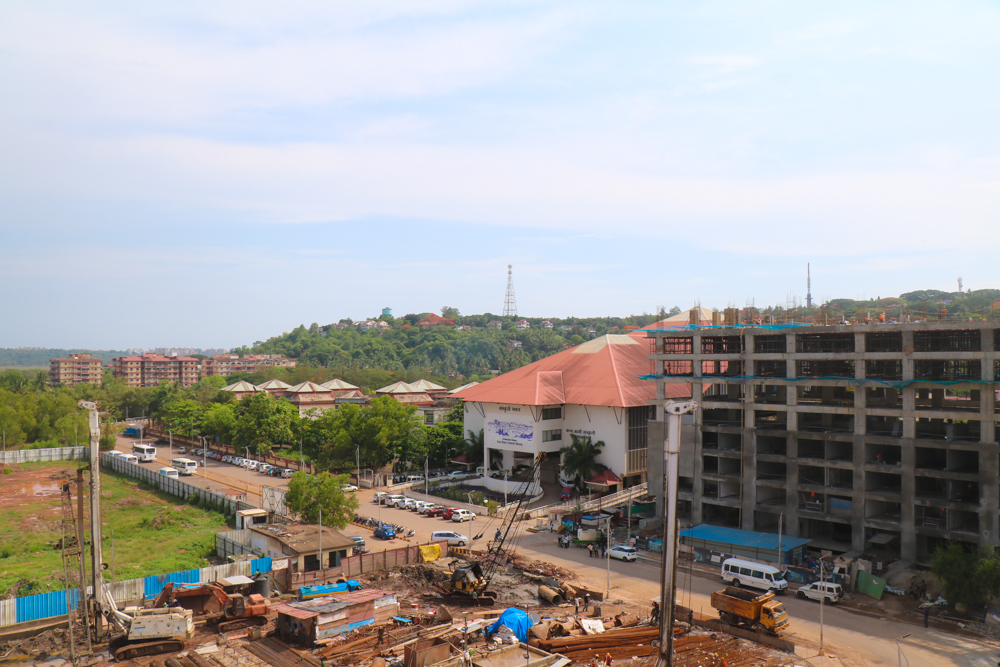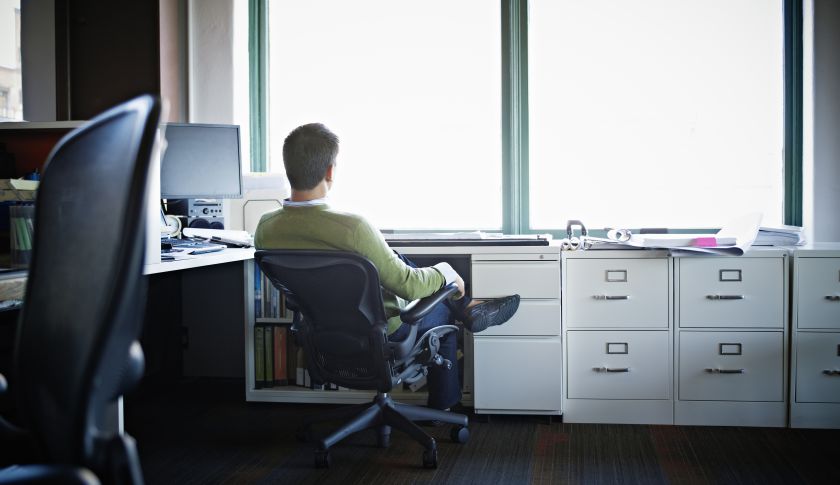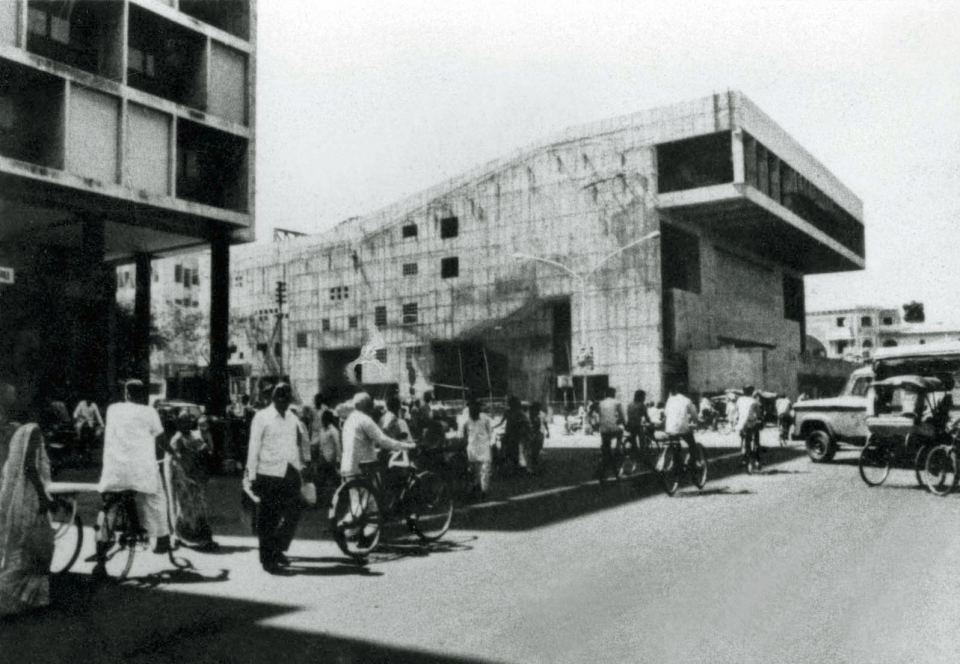Barely even 23 years old, the State Museum will soon bite the dust
It wasn’t so long ago when we could stand at the entry road to the Patto Centre and have an undisturbed view of Gerard da Cunha’s Central Library sitting immaculately in its setting. This was made possible only because the surrounding plots in it’s line of sight were all barren. We even wrote a whole piece about how it was a hidden modern re-interpretation of the axiality of the Taj Mahal (check it out here). The Library did have one neighbour though, which predated it by more than a decade - The Goa State Museum. But in what has been an amazing turn of events, the once empty plots have all sprung up in the space of only a couple of years, while the Museum’s days are numbered – it’s only a matter of days before it gets demolished.
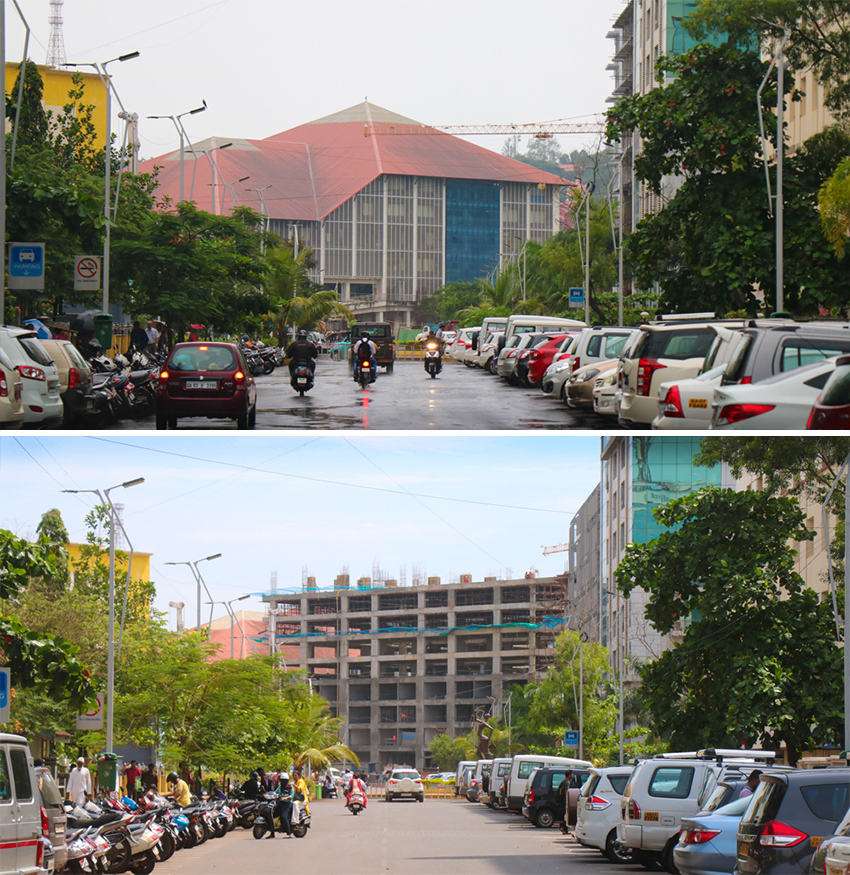
Patto
The Patto Plaza is a commercial hub right at the entrance to the city of Panjim. While it was initially a big swamp, the area was reclaimed in the 1980s and plots were leased out to various parties. Several administration, local businesses and multinational offices sprung up over the course of the past 3 decades. The reclamation and development works were all undertaken by EDC Ltd. and hence the area is officially titled EDC Patto Plaza, though I like to call it ‘New Panjim’.
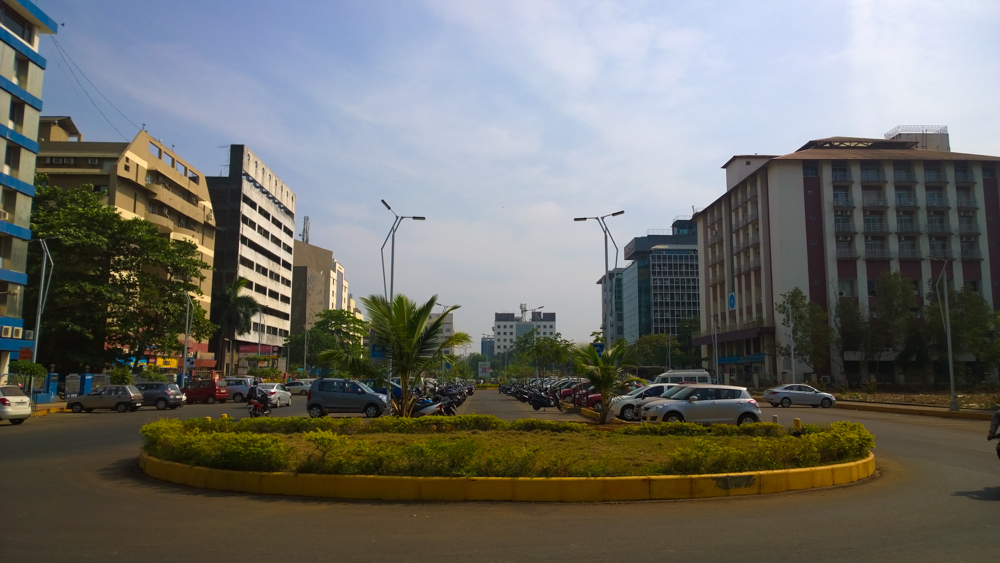
The Patto Plaza has a very distinct architectural character. The first few buildings to appear on this new land were the TriStar building, Sesa Ghor and the Kadamba Bus Stand (the old bus stand was near the Mint House in Central Panjim). Since all buildings were built post 1980, they boast a very modern outlook. It feels almost utopian in nature to see each building of strikingly uniform height as if a plumb line were laid between each building during its construction. Setbacks are uniformly followed on each side and the entire assembly of buildings exhibit scale, harmony and order. The shattered glass building (the name has stuck) is so different from the neighbouring SBI building, probably the first example of the spirit of traditional Goan Architecture imbibed into a high rise building. Yet, they somehow gel seamlessly into the built fabric.
It was only in 2010-13 that Rahul Deshpande & Associates added some balance and order to the whole complex, which was originally just a group of buildings strewn together. The project involved equipping the entire area with infrastructure like roads, drains, footpaths, light poles and planters. It involved meticulous planning of drain connections from each individual plot to the main drain network so that all areas were effectively drained out especially during the monsoons. The firm won plaudits for its design scheme, which perfectly gelled with the modern outlook of the buildings and its pedestrian friendliness with its raised crossings and amenities. The works executed are near perfect, and the only criticism is directed from car-owners from whom few raised crossings are too high.
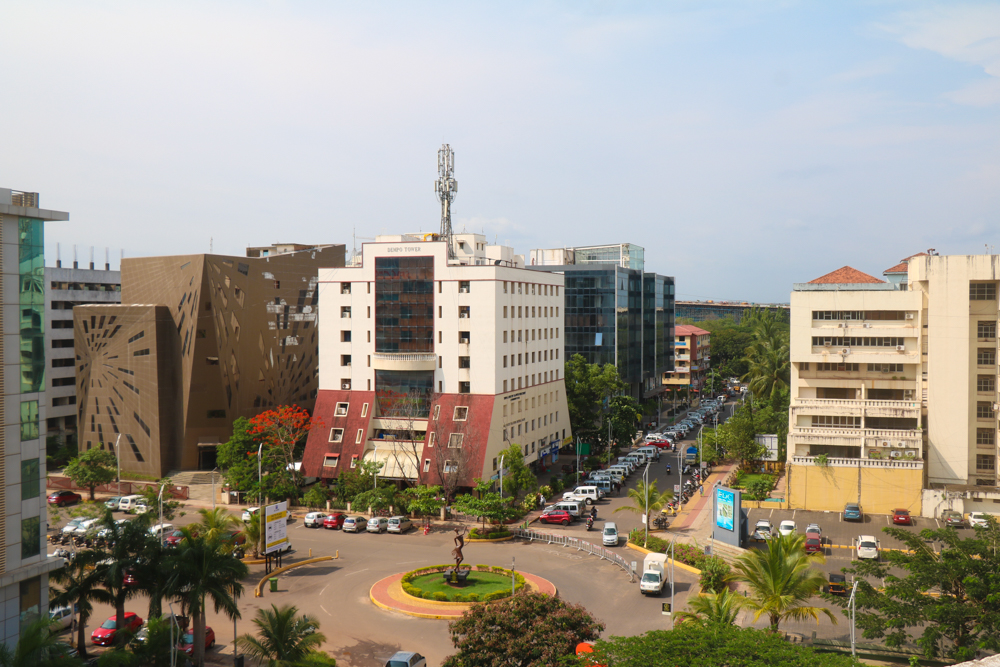
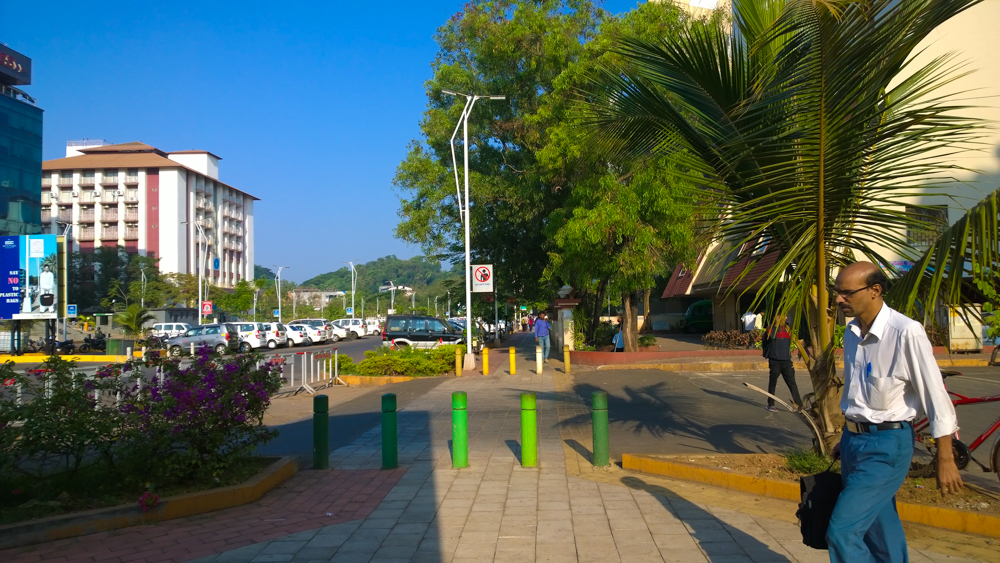
The Goa State Museum
The Museum building was completed in 1996, officially inaugurated on 18th June of the same year by the then president of India, Dr. Shankar Dayal Sharma. Architecturally, the building exhibits a strong geometric character. The galleries – all octagons, emanate from a central octagon and the geometric wall layout naturally defines the path the user takes. Ample natural light is introduced into the space with windows at the ceiling level, a sign of every good museum design. The central atrium is quite a dramatic space with its floor to ceiling windows and staircases radiating to the various levels. The entrance drop-off is worth mentioning. A set of octagonal columns keeping in line with the concept of the building supports a waffle slab providing a generous shaded porch, where two vans are still parked. This modest building is only a G+1 Structure, but its mass of pyramidal roofs give it a bold and imposing appearance beyond its size. However, the museum wreaks of poor construction, having shown the signs before its inauguration itself. It is thus no wonder then that it has lasted only 2 decades. The thought behind the layout of spaces seems decent, but weak execution means that the Museum is very forgettable and few might be even happy to see it go. (Glimpses of the Goa State Museum)
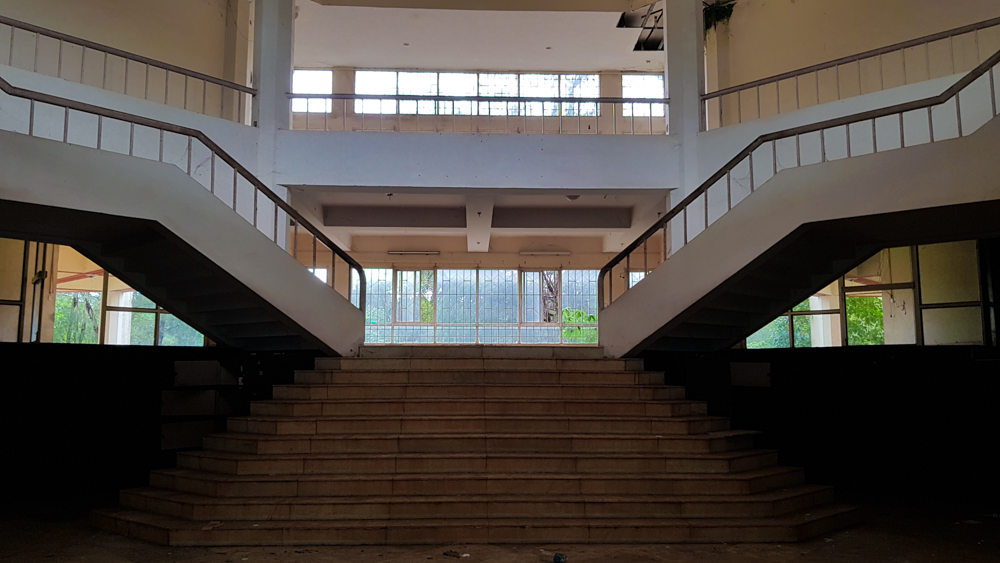
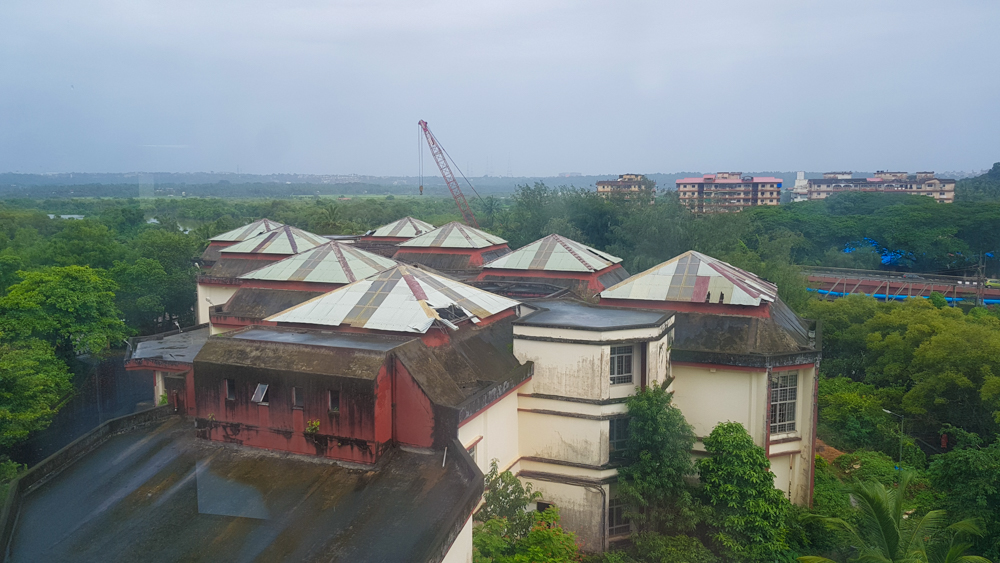


After witnessing many changes in its brief life, the doors to the Goa State Museum were shut once and for all in November 2017. The reason being deterioration of the building and crumbling of the roof in many areas leading to leakages. This not only posed a significant threat to users but to the invaluable artifacts of Goan history and culture. The bulk of the museum collection has now been distributed to the old Secratariat where a makeshift museum is set up. There is now pin drop silence in the museum, the very space that once entertained hoards of tourists. A part of its compound wall was consequently broken in February 2018. A notice sanctioning the demolition of the museum is already issued and can be torn down any moment as we speak now. In its place will come up a new state of the art administrative Government building and NOT a new museum building, which according to Minister of Museum, Sudin Dhavalikar, will be built elsewhere.
What next?
It seems like the Patto Complex has come of age. There are now only 3 or 4 undeveloped plots left. Change is being accelerated with a group of buildings expecting completion soon. Also a new bridge connecting the complex to Mala on the other side is already half complete and in use. Once it is complete, it will only increase the importance of this commercial hub. The loss of the Goa State Museum comes at a time when this business centre is blossoming. It may have been just 20 years old and be it poor construction or just destiny, it’s the first page to be filled in the history books of the Patto Complex. The Museum will soon be just a 'once upon a time' mention in future heritage trails in the city.

